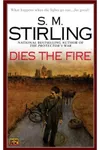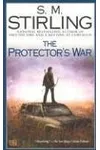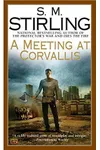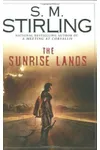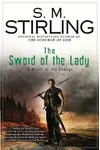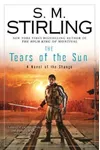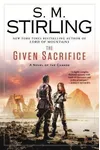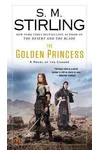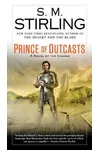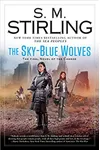Step into the thrilling world of the Emberverse Universe, where modern technology vanishes in a flash, plunging humanity into a gripping post-apocalyptic saga! Created by S.M. Stirling, this series blends alternate history, fantasy, and survival drama, following survivors as they rebuild society after 'The Change,' a mysterious event that rewrites the rules of the world. Set primarily in Oregon’s lush Willamette Valley, Emberverse captivates with its vivid characters and thought-provoking themes.
Imagine a world where electricity, guns, and engines suddenly stop working—how would you survive? That’s the heart of Emberverse, a series that challenges readers to rethink civilization while weaving tales of heroism, community, and resilience. Let’s dive into its origins, stories, and lasting appeal!
How Emberverse Universe Began
S.M. Stirling, a French-born Canadian-American author with a passion for history and anthropology, launched the Emberverse series with Dies the Fire in 2004. Inspired by his earlier Nantucket series, where an island is hurled back in time, Stirling crafted Emberverse to explore a parallel catastrophe: a 1998 event that disables high-energy technology worldwide. His fascination with pre-industrial societies and military history shaped a narrative that’s both speculative and deeply human, rooted in the question, 'What happens when civilization’s crutches disappear?'
The Heart of Emberverse Universe
The series kicks off with Dies the Fire, where survivors like pilot Michael Havel and Wiccan singer Juniper Mackenzie form communities—the Bearkillers and Clan Mackenzie—to face a brutal neo-feudal dictatorship in Portland. The Protector’s War (2005) jumps eight years forward, showcasing alliances and conflicts as societies stabilize. The Sunrise Lands (2007) follows the next generation, with Rudi Mackenzie on a quest across a transformed America, blending prophecy and adventure. The Sea Peoples (2017), one of the later entries, dives into mystical battles, reflecting the series’ shift toward fantasy.
Emberverse shines through its themes: survival, community, and the clash between old myths and new realities. Stirling’s detailed world-building paints a vivid picture of a world where medieval skills like archery and blacksmithing become vital. The series balances gritty realism with mystical elements, like visions of gods or prophetic quests, leaving readers to ponder whether magic or psychology drives these moments. Its Oregon setting, rich with natural beauty, grounds the epic stakes in a relatable landscape.
The narrative style is immersive, blending historical accuracy with fantastical flair. Stirling’s love for cultural diversity shines as characters draw on Wiccan, Norse, and Christian beliefs to navigate their new world, making Emberverse a tapestry of human resilience and imagination.
Why Emberverse Universe Resonates
Emberverse has carved a niche in post-apocalyptic fiction by blending gritty survival with hopeful rebuilding. Fans praise its detailed societies and complex characters, though some note later books can feel repetitive with dense descriptions. Its influence lies in challenging readers to question technology’s role in society and celebrate human adaptability. Connected to Stirling’s Nantucket series, Emberverse offers a shared universe that rewards dedicated readers with layered storytelling.
The series’ cult following thrives on its unique premise and philosophical depth, inspiring discussions about civilization’s fragility and the power of community. While not a mainstream blockbuster, its loyal fanbase keeps the Emberverse alive through forums and anthologies like The Change (2015), featuring stories from other authors.
- First Book: Dies the Fire, published 2004
- Total Books: 14 in the main series, plus short stories
- Setting: Willamette Valley, Oregon, post-1998
- Genres: Post-apocalyptic, alternate history, fantasy
Ready to lose yourself in a world where swords replace smartphones? Grab Dies the Fire and dive into the Emberverse Universe’s epic adventure!
